Pixeltao CXA NES Palette
A downloadable asset pack
WHAT
A NES color palette that replicates the colors you see via the composite signal of a NTSC NES hooked to a Sony broadcasting video monitor.
This palette was not created using a mathematical conversion. Instead it was created using "methodical eyeballing". More info below.
HOW
I used all the power of modern retro gaming at my disposal: an A-Series Sony BVM, a MiSTer FPGA, an Everdrive N8 Pro, and a stock NTSC NES.
First, I calibrated the colors of the composite input of my BVM to match the RGB input (via the BKM-68X clone card) by displaying SMPTE color bars from the same source (using the SNES version of the 240p Test Suite).
Then to create the palette (using Sony CXA as a basis), I used "Palette Test by Loopy" and "240p Test Suite" both on MiSTer and on my stock NES to compare both sources on my BMV and make iterative micro adjustments until all colors became undistinguishable (or close enough in the case of some "impossible" colors).
ACCURACY
Due to a plethora of factors (NES console regions or versions, video amp circuit variations, TV decoders, user calibration), no RGB conversion of the composite video signal output by a NES can be 100% accurate. Even by using a scaler (like the RetroTINK) and a capture card, you don't get accurate colors because of the automatic clipping that occurs with some colors during the YIQ to RGB conversion.
The most obvious issue is that many of the brighter colors are out of range of the sRGB color space. A famous example is the "purplish blue" in Super Mario Bros. The composite video signal outputs it almost as neon-like royal blue that has a luminance and saturation so high that it falls outside of what you're able to display using standard RGB values. This results in the RGB conversion either looking washed out or the incorrect shade of blue. It also means that ALL of the screenshots of Super Mario Bros. you can find got the color of the sky wrong!
NOTE:
I also tested my stock NES on various CRT brands (including a JVC and a Panasonic), and without surprise, they all display different colors. So this palette is probably closer to how a Sony TV decodes and displays colors of the composite video signal.
SPECIAL THANKS
FirebrandX for all the work and information he put out there
Dan Mons for his studies on the NES palette
The unknown author who created the excellent Sony CXA NES color palette
Download
Install instructions
Photoshop: Load the *.aco file or *.act file into your swatches.
Aseprite: Load the *.act file.
Emulators, MiSTer FPGA core or other: Load the *.pal file as a custom palette.
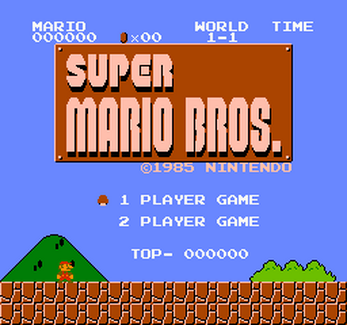
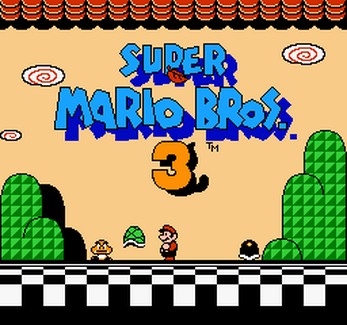
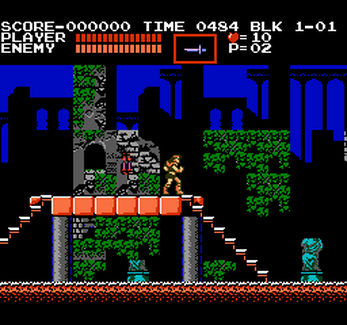
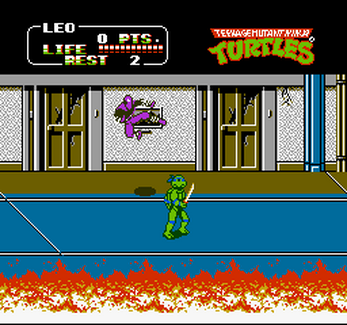
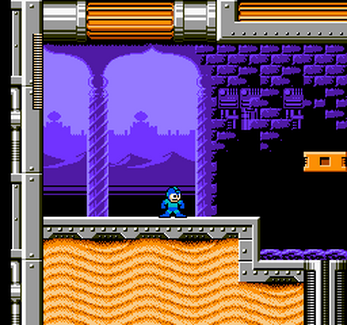
Comments
Log in with itch.io to leave a comment.
God bless Nintendo.
I don't feel like I know enough to even start to ask a question because I haven't even attempted to open these in GIMP or Adobe to see how they function there but when I tried to import the .pal version into Aseprite I get an error loading. I was able to open it with online palette viewers as well as an obscure PalEdit app (by Ben Baker) and got this result. Once I resave it using that program it opens in Aseprite just fine. But I'm also wondering if I've rearranged the values or am now missing intended color information.
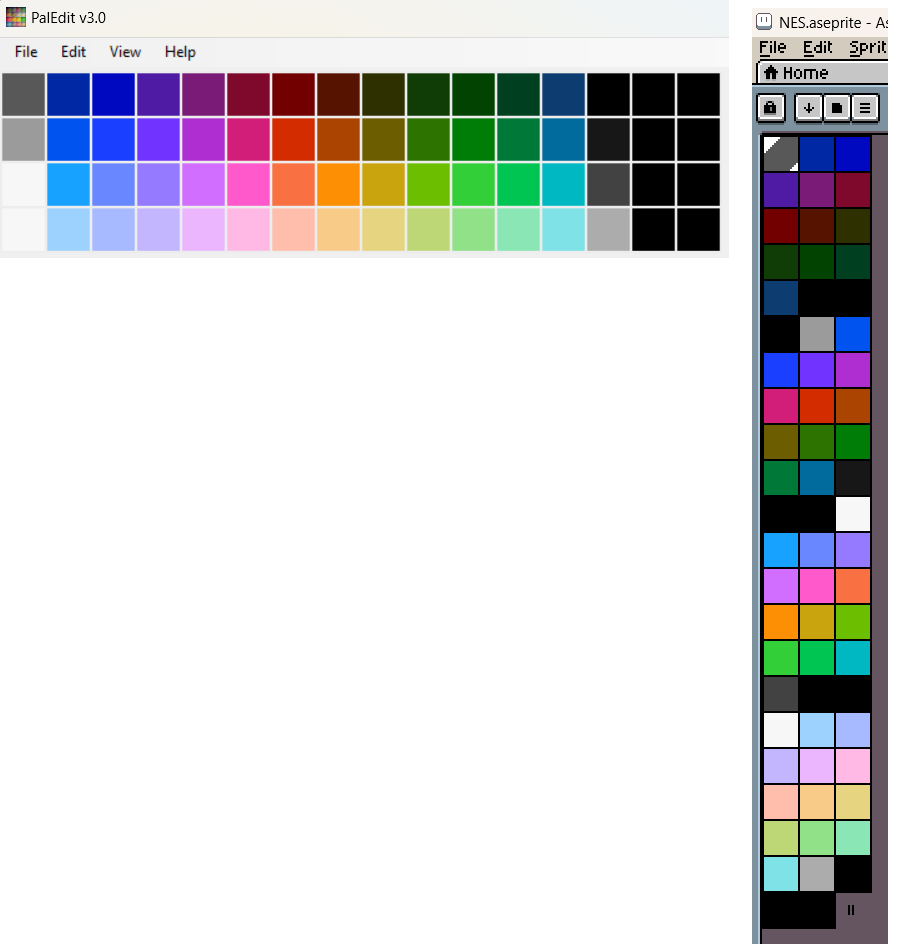
I will try to use GIMP to open the file to get a more standard baseline but the PalEdit version does seem to reflect the palette in your thumbnail here on itch. Ultimately if you could upload a bitmap or png files for crude palette importing it would be appreciated but long story short I'm not sure why aseprite is rejecting the file as it is. Not your responsibility to troubleshoot this of course but as someone who just embraced Aseprite after years of trying to use other tools, I think it'd be in your best interests to optimize compatibility.
All that said, love the CRT version and looking forward to building something with this new one once I know I'm using the right thing.
I added a *act file to the download section. I converted it from the *aco file. Seems to load correctly in Aseprite. Let me know if that works for you.
Awesome. Works over here too, thanks.